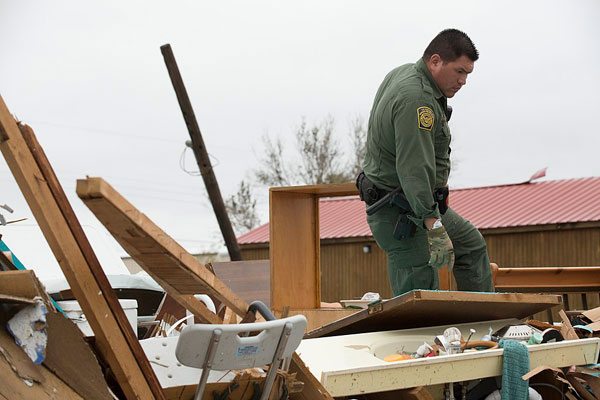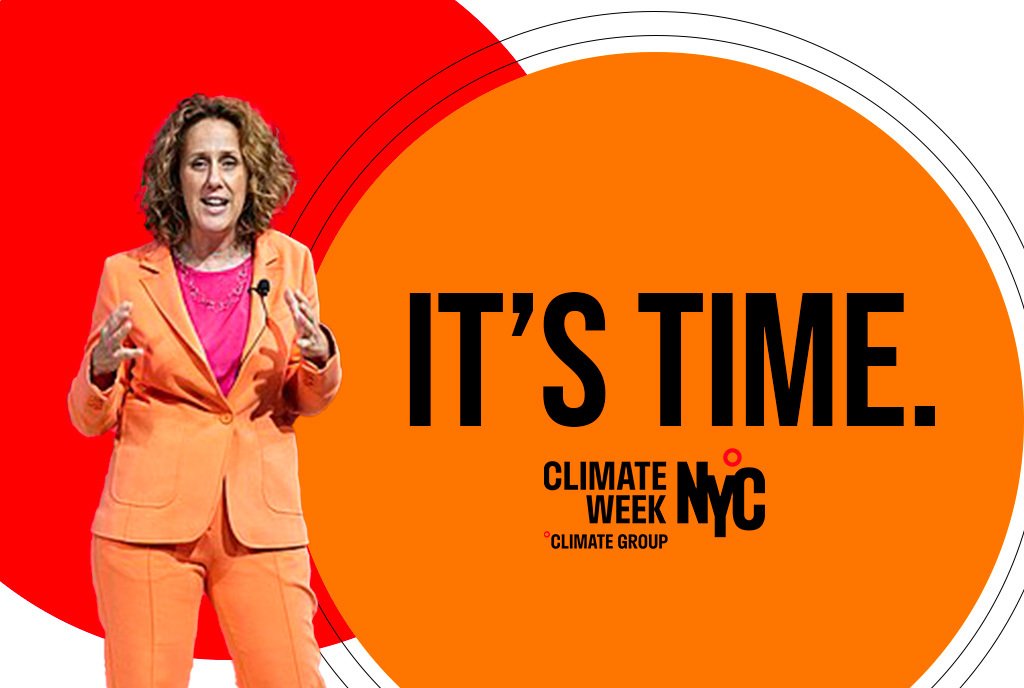
September 14, 2017; Washington Post
Hurricane Harvey caused billions of dollars in damage. It’s been called “historic” and a “500-year flood.” But climate experts have explained that storms like Harvey and Irma are going to happen more frequently, not less. If that’s the case, what obligation do municipalities, states, and civic society have to help vulnerable communities lessen the destruction from future events?
A report from the Baker Center for Public Policy at Rice University developed a list of 15 recommendations for dealing with future flood disasters. In no-nonsense language, the study declares, “Denying fundamental truths and moving forward with business as usual will be the economic death knell for the Houston region…Whether you say it is climate change or just ‘weird weather,’ the fact is that we are looking at larger, more severe storm events than we have previously contemplated.”
NPQ’s Marty Levine noted just this week that after Harvey and Irma, “for government and community service organizations, the need will be long-term and will test their ability to meet the challenge.”
One of the recommendations of the report was buying out residents who live on the riskiest parts of the floodplain and giving up on subdivisions in those areas. Of the 15 recommendations, this is the one where nonprofits are most uniquely positioned to help, because of their deep connection with their communities and their prioritization of goals like sustainability and community resource accessibility. According to the Washington Post,
Exhausted by repeated inundations, some residents say they would welcome a government program to buy out their vulnerable homes…Buyouts would not only take homes out of harm’s way but also provide open land that could be used to absorb heavy rains or provide space for enlarging drainage channels. These would lessen flood risks for the rest of the city.
Sign up for our free newsletters
Subscribe to NPQ's newsletters to have our top stories delivered directly to your inbox.
By signing up, you agree to our privacy policy and terms of use, and to receive messages from NPQ and our partners.
The report’s other recommendations span from educating residents about flood risks and cleaning our reservoirs to improve capacity, to reconsidering the role of FEMA’s flood insurance program in planning for and recovering from storms. The report also recommends that the “100-year and 500-year floodplains should be comprehensively remapped.”
What would a buyout plan for Houston look like? Undoubtedly, it would need to be publicly subsidized. As Rob Moore, a senior policy analyst for the Natural Resources Defense Council, pointed out to Vox, “There aren’t a lot of people out there who are like, ‘God, I want to buy a home that floods a lot.’” It would be expensive, but then again, so is repeatedly fixing homes that flood all the time. Larry Larson, a senior policy adviser at the Association of State Floodplain Managers, estimates that Harvey and Irma will cost taxpayers $200 billion. The NRDC claims that “Among severe repetitive loss properties worth less than $250,000, the average single-family home suffered total damages amounting to 122 percent of the property value.” Is rebuilding in a flood zone a risk municipalities just can’t afford?
There were attempts at buyouts after Hurricane Katrina, but they were bogged down by funding cuts and, as we have seen elsewhere, a failure to involve or properly inform the community. Some residents learned that their homes were marked for buyouts by looking at online maps; Mayor Mitch Landrieu said, “There was a lack of awareness of a simple notion that planning somehow could be untethered from people.” Accusations of racism grew, and according to the Washington Post, “Ultimately, the idea was dropped.”
What will the solution be in Texas and Florida? Will communities rebuild in a sustainable way where they are, elevated from the ground, or will they relocate entirely? Is this an opportunity to think about community design in a deliberate way, with input from the residents being relocated? And in the long term, when the government is forced to spend millions or billions planning for storms that are demonstrably larger than they have been in the past, will we see some more forthright action on climate change? It is worth noting that while Texas and Florida are able to contemplate costly options like buyout with some reasonable confidence that the federal government will help them out, small islands and coastal areas of developing nations often have no such security. What solutions can we offer them?
As Texas and Florida rebuild with the future in mind, drastic solutions like relocating communities may become serious parts of a larger plan. If that’s the case, nonprofits with knowledge of the community and a clear idea of civic goals will be invaluable.—Erin Rubin












